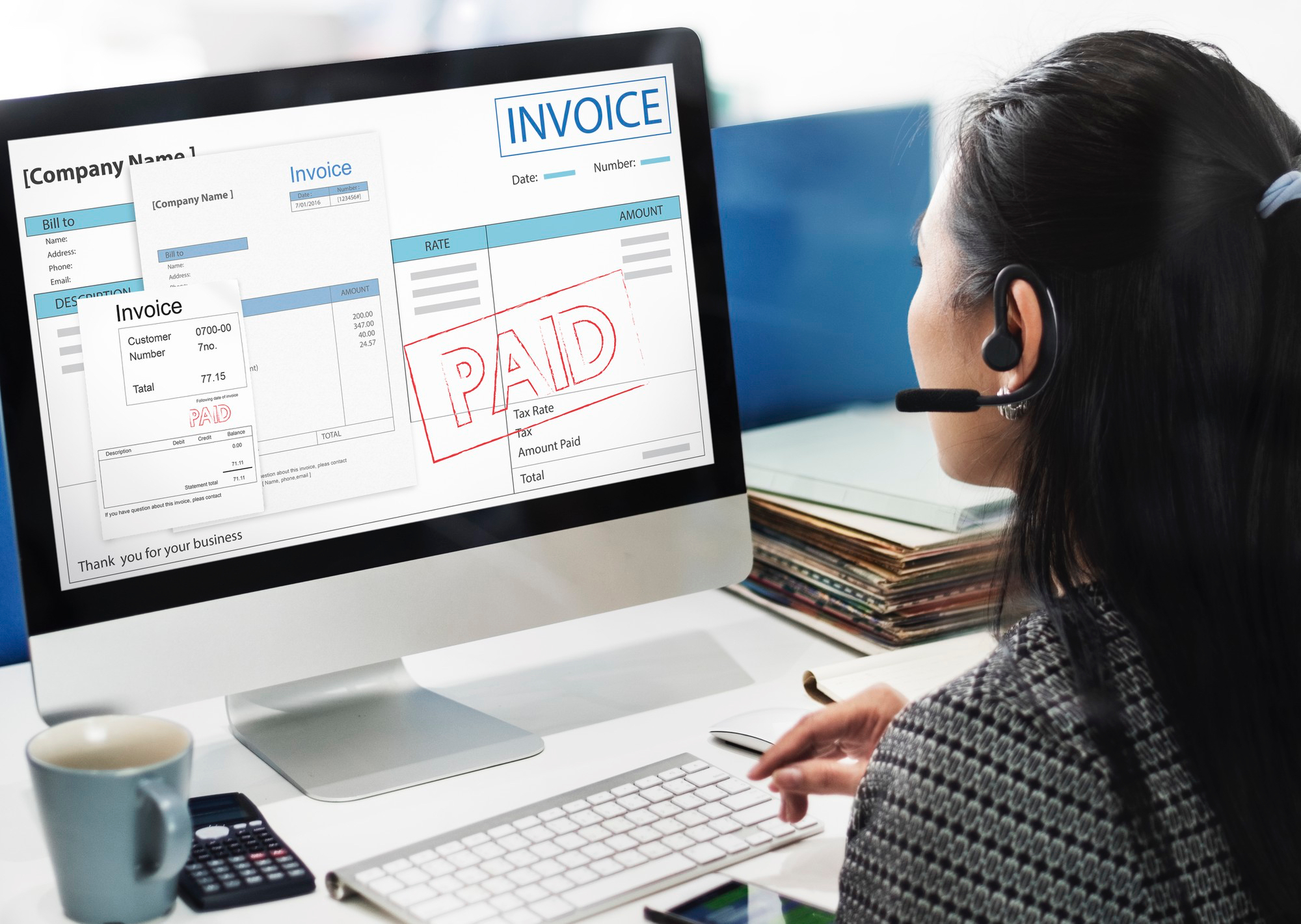
What is invoice financing? How can it help small businesses with their credit needs and growth requirements? Is this concept the same as invoice factoring? Let’s find out more in the following sections.
Let us first understand in detail what is invoice financing. Though SMEs play a vital role in a country’s GDP and economic growth, they don’t get proper financing from banks today. According to the global data collected by the International Finance Corporation, around 65 million micro, small, and medium businesses face a credit gap of at least $5.2 trillion every year. Since these businesses don’t have proper documentation or credit history, banks hesitate to give them loans. However, with new asset-based financing options like invoice financing, these SMEs don’t have to worry.
When businesses sell goods/services to customers, they generate invoices, which are recorded as accounts receivables. They decide the payment terms with their customers, and this is usually a 30-day, 60-day, or 90-day cycle. This means the businesses need to wait for this term to get payment from their customers for the transaction. In the meantime, if they want to buy raw materials for a bigger order, restock their inventory warehouses, pay utility bills, expand their business, or have other credit needs, they are stuck, as they don’t have the cash flow to meet these needs. This is when they can resort to invoice financing, also known as bill financing.
Here are the steps involved in this process, so that businesses can exactly know what is invoice financing and how it works in real life.
a) The business sells its products/services and generates an invoice for its customers with a 60-day payment cycle, for example.
b) He sends these invoices or accounts receivables to a financier, as he needs money for something that cannot wait for 60 days until his customer pays him.
c) The financier studies the bills and releases a percentage of the total invoice amount (usually 70 to 90%) within 2 to 3 days to the business.
d) The financier pays the remaining amount after the business has received the money from its customers, which may be after the 30th, 60th, or 90th day from the date of sale. The financer charges a fee for his services.
e) Businesses repay this quick loan after they get their payment from their customers.
f) This way, businesses can get quick credit from their unpaid bills, and use the credit for their growth and expansion purposes.
Since both are types of financing, invoice financing for small businesses is often interchangeably used with the term, invoice factoring. Though the main concept of using outstanding invoices for credit is the same in both these concepts, there are some differences in the way they are implemented. Invoice financing for small businesses, as explained earlier, involves selling unpaid invoices to a financier or a financial company. However, in invoice factoring, businesses sell their unpaid invoices to a third party, known as a factor. Many fintech companies, like Finverv, have an excellent credit ecosystem connecting these lenders and borrowers and offering factoring services at affordable rates.
The invoice financing India market has been growing rapidly in the recent past, with a large number of SMEs opting for invoice financing as their first source of financing. With more and more players entering this scene, the Reserve Bank of India has recently introduced the Trade Receivables Discount System (TReDS). Thanks to this system, micro, small and medium enterprises can choose regulated financiers to sell their unpaid invoices and get short-term loans quickly for their credit needs. TreDs has made invoice financing for small businesses a smooth and easy process.
Why is the invoice financing India market booming? It is because this type of financing offers SMEs a great way to mobilize their capital and free up their cash flow, thereby helping them use the funds for productive business purposes. Thanks to invoice financing, businesses can enjoy the following benefits:
a) Quick credit facility – Businesses don’t have to wait for the end of their invoice payment term to get cash on hand anymore, thanks to the many invoices financing Indian companies today. They can get quick cash anywhere within 24 to 72 hours after the sale of unpaid invoices to the financial company.
b) Simple and hassle-free process – In invoice financing, businesses don’t have to fill up lengthy forms or submit collateral to financial companies to get quick loans. All they need to do is register with a financial company, submit the unpaid invoices and get quick loans worth at least 70 to 90% of the invoice amount.
c) High value of loans – When businesses have creditworthy customers who pay back their invoices on time, they are eligible for a high value of loans when opting for bill financing. Financial companies trust these businesses more than the ones that have defaulting customers. In some rare cases, businesses with exceptionally good customers can also get the full value of their unpaid invoices as loans from financial companies.
Micro, small, and medium-scale enterprises can make full use of invoice financing schemes to cater to their credit and working capital requirements. This type of financing doesn’t need businesses to go through lengthy documentation or collateral processes. Hence, it is one of the best ways for businesses to get rid of any liquidity issues they may face in their operations. Thanks to bill financing, businesses will never run out of cash anytime during their operations, thereby managing to sustain quite well even amidst severe competition in their field.